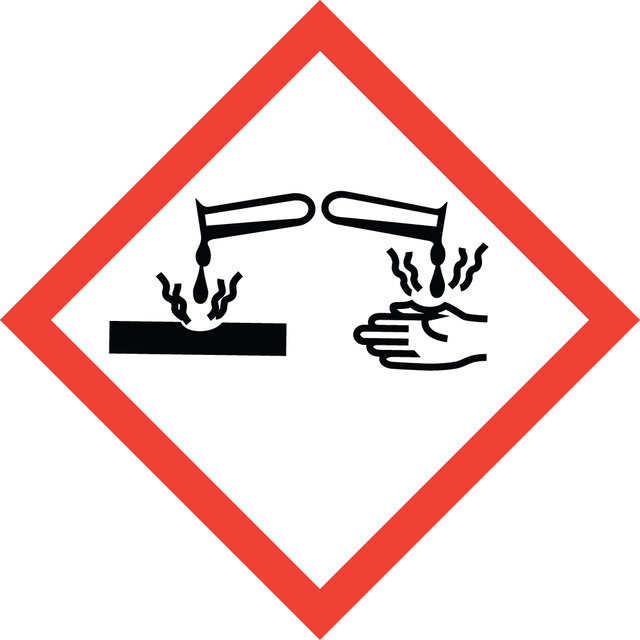NA2120
GenElute™ Bacterial Genomic DNA Kits
sufficient for 350 purifications
Synonym(s):
Bacterial Genomic DNA, bacterial DNA prep, Gen Elute
usage
sufficient for 350 purifications
Quality Level
technique(s)
DNA purification: suitable
storage temp.
15-25°C
Looking for similar products? Visit Product Comparison Guide
Related Categories
General description
The kit combines the advantages of a silica-based system with a microspin format and eliminates the need for expensive resins, alcohol precipitation, and hazardous organic compounds such as phenol and chloroform.
Application
- restriction endonuclease digestions
- PCR
- Southern blots
- cloning
- restriction endonuclease digestions
- PCR
- Southern blots
- cloning
GenElute™ Bacterial Genomic DNA Kits has been used:
- to isolate DNA
- to prepare DNA from E. coli strain
- to extract genomic DNA
Features and Benefits
- Starting material: Up to 1.5 mL of culture
- Expected yield: Up to 20 μg
- Elution volume: 400 μl
- Time required: 70 - 120 min
- A260/A280 ratio: 1.6 - 1.9
- No phenol, chloroform, or ethanol precipitation required
- Typical DNA yields of 15 μg - 20 μg
- Protocols provided for Gram + and Gram - bacteria
- High quality genomic DNA in less than 2 hours
- Purified DNA has an A260/A280 ratio between 1.6 and 1.9
Principle
The expected yield of genomic DNA will vary depending on the cell density of the bacterial culture and the bacterial species and strain used. DNA purified with the GenElute kit has an A260/A280 ratio between 1.6 and 1.9 and can be up to 50 kb in length.
Other Notes
Legal Information
signalword
Danger
Hazard Classifications
Acute Tox. 4 Oral - Aquatic Acute 1 - Aquatic Chronic 2 - Eye Dam. 1 - Flam. Liq. 3 - Met. Corr. 1 - Resp. Sens. 1 - Skin Irrit. 2 - STOT SE 3
target_organs
Central nervous system, Respiratory system
Storage Class
3 - Flammable liquids
flash_point_f
77.0 °F - closed cup
flash_point_c
25 °C - closed cup
Choose from one of the most recent versions:
Already Own This Product?
Find documentation for the products that you have recently purchased in the Document Library.
Our team of scientists has experience in all areas of research including Life Science, Material Science, Chemical Synthesis, Chromatography, Analytical and many others.
Contact Technical Service



